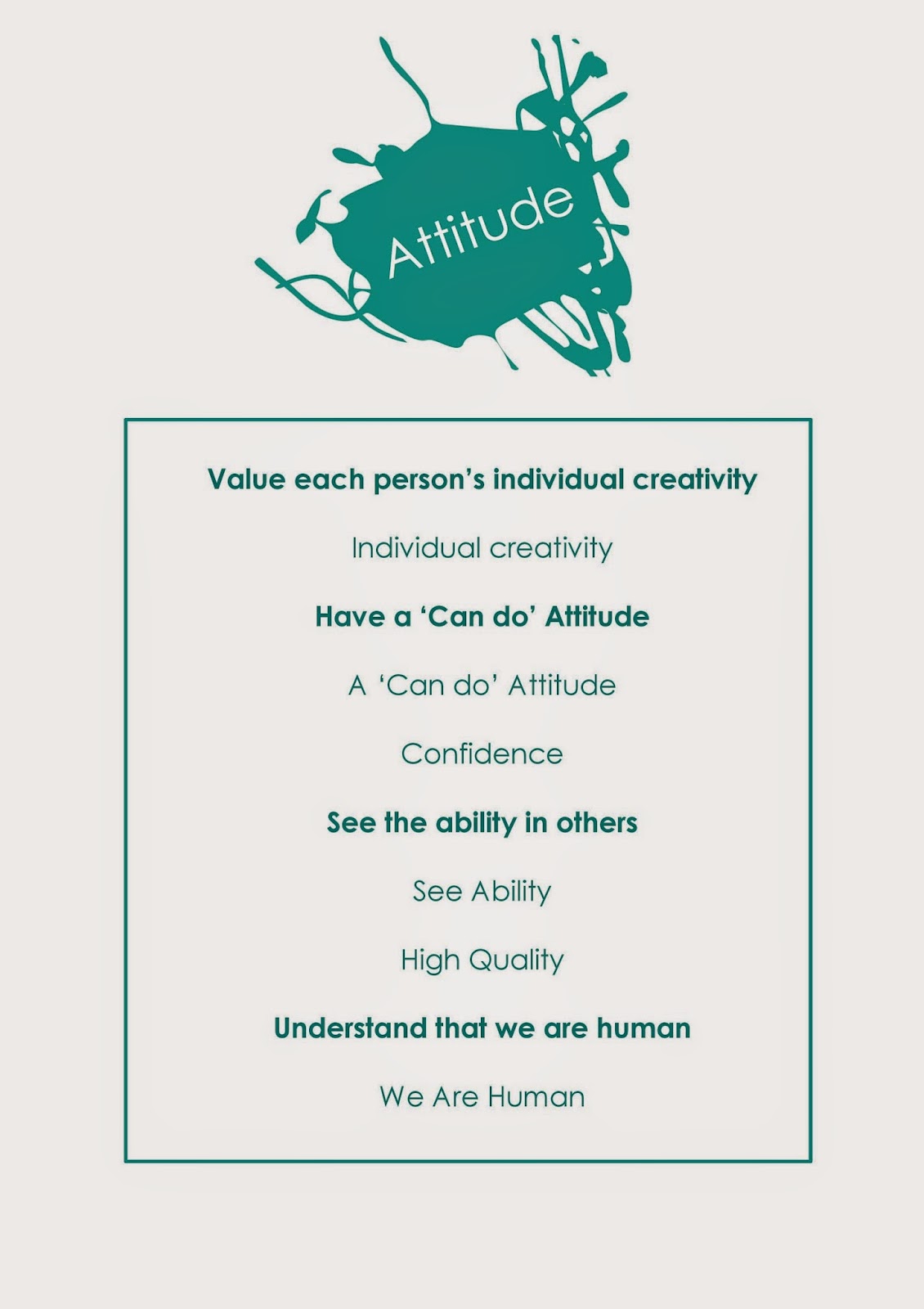Once I had completed the data collection element of this research project, I set about trying to analyse the research and identify key themes that were evident in the interviews and observations. Some themes that I identified in the data where only mentioned once so I did not think that these represented a overview of thinking and perceptions of inclusive arts practice at Epic Arts, but I was excited to see that a number of main themes were corroborated by a number of subjects and in a number of observations.
In this blog post, I will explain how I got from the notes on interviews and observations to selecting key themes and dividing these in the 3 main areas to present the core of the inclusive arts work in action at Epic Arts.
I started by taking the notes and comments I had made on each interview and observation and labelling them in to sections or themes according to what subject they covered. Here is an example of how I did this from the interview with the Operations Manager at Epic Arts:
I repeated the process for all of the interviews and observations that I carried out and then printed them all out so I could start to gather them in to groups. I am a visual and and kinaesthetic learner, so I need to see the notes and physically arrange them, so I cut all the notes up and spread them across a table and began to gather them in to theme groups. I made sure I named each note with the subject's name or the name of the group being observed, so that I could trace the evidence back to its origin:
Once all the notes had been complied in to theme groups, I added them to one sheet with the theme name and an image on so it would be easier to keep track of all the notes:
Once I had organised these, I was able to look at grouping the themes in to areas that were similar. As I did this I recorded it on a document on the computer so I was able to move different groups around and think about which themes belonged together and keep a track of the process with different versions of this document.
Here are the different versions of the theme groups that show how I organised and re-organised the themes and then renamed and regrouped them a number of times.
After this process I was been able to group the individual themes in to sub-groups and then in to 3 main areas - Attitudes, Action and Personal Skills:
I was then able to order my interview and observation notes in the same way, first in to sub-groups and then in to the 3 main areas plus one other folder for other elements :
Finally I was able to create an visual representation for each of the 3 main areas that made up the results of the research - The Attitudes, Actions and Personal Skills that had been identified through the data collection to be at the core of the inclusive arts practices at Epic Arts in Cambodia. Here are visuals:




















No comments:
Post a Comment